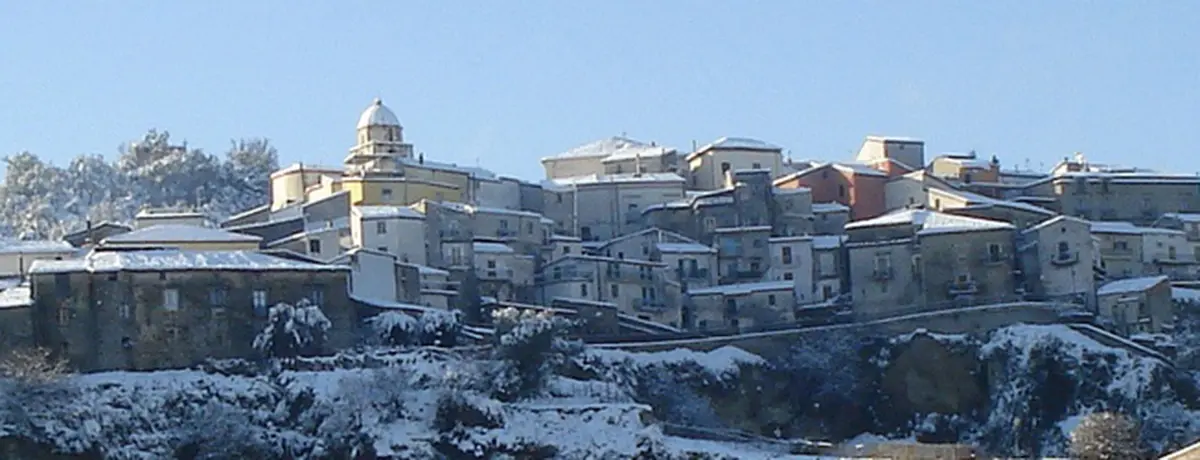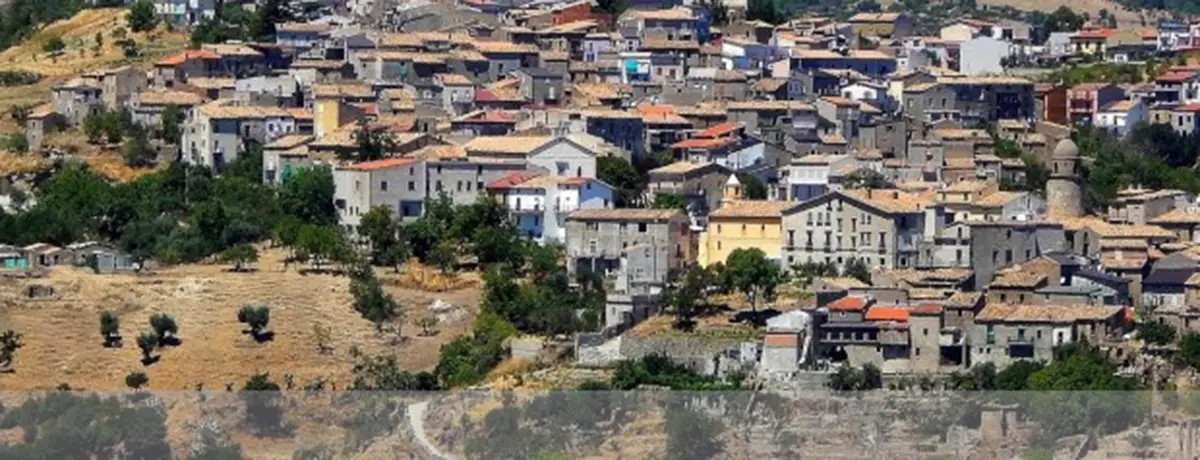Cariati
Walled City on a Blue and Green Flag Sea

Art and Culture
Mike Cipriotti
Cariati, a seaside and mediaeval village in the province of Cosenza, is a pearl of the Costa dei Saraceni, a Blue Flag and Green Flag child-friendly holiday destination with an enchanting beach along the Middle Ionian Sea, in Marina di Cariati.
The characteristic medieval village of Cariati (Cosenza), stands out among all Calabrian villages for being the only one to have maintained intact and complete its Cinta Muraria, thus representing one of the most intact and ancient ‘’walled cities‘’ in southern Italy.
Crossing the ancient Porta Pia and entering the fortified village (where the ancient Ponte Levatoio used to be), Cariati welcomes visitors in an atmosphere suspended in time, enclosed by the mighty original walls, interspersed with massive towers. Travelling along Via XX Settembre, Cariati's main street, one encounters the Cathedral of San Michele Arcangelo, a rare example of a Neoclassical church with a 17th century bell tower, the adjoining Bishop's Palace (1649) and the Seminary Palace, with the Gonzaga family coat of arms on the façade. The main street ends with the panoramic Balconata della Spezieria, named after the nearby tower: a breathtaking viewpoint over the entire coastline. Losing oneself in the alleys allows one to admire the many contemporary murals that tell of the life and trades of the village of Cariati, closely linked to the sea and fishing.
It is no coincidence that Cariati is one of the ‘’Sardella Calabrese‘’ towns, one of the fish specialities of the region's gastronomy: also known as ‘’Calabrian Caviar‘’ or ‘’Rosamarina‘’, sardella is a spreadable condiment made from oily fish and spicy chilli peppers. much appreciated all over the world. Outside the town wall, the modern town extends as far as Marina di Cariati, where you can admire the Church of the Minor Observants (or Santa Filomena), dating back to the 15th century, and the Brettia Tomb, a pre-Hellenic archaeological site on the hillside, testifying to the ancient occupation of the area.
The best time to visit Cariati is in May, the month in which one of the most heartfelt religious festivals of the local diocese takes place: San Cataldo Vescovo, protagonist of an unmissable procession. The local handicraft of carpet weaving, particularly linked to Turkish-Oriental techniques, still survives in a few workshops in the centre, as does that of ceramists/vase makers and shipbuilding.
Useful information
What to know about Cariati
Where to Sleep
There are 28 available accommodations.
Places
There are 1 places to visit.
Travel Ideas
There are 4 travel ideas.
Infopoint Cariati
Piazza R. Trento, Cariati
No result






